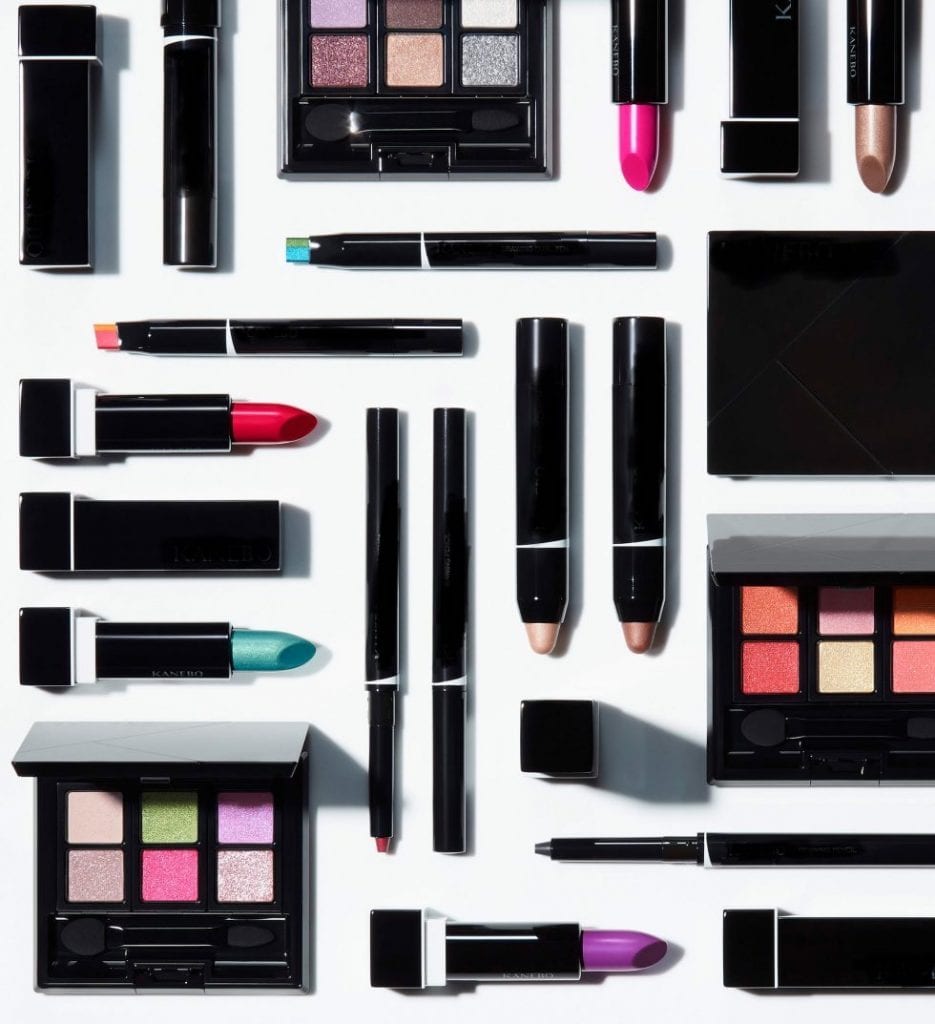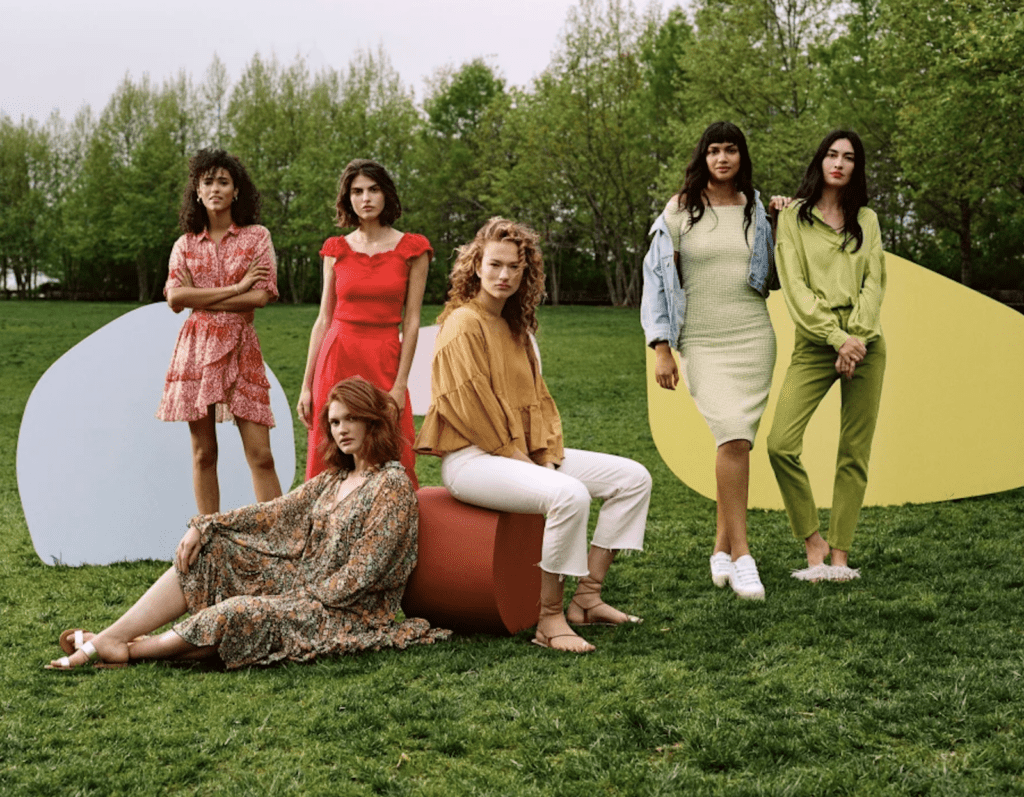The skincare market is growing increasingly more competitive, particularly in recent years as certain demographics, such as Gen Z and millennials, prioritize wellness, clean beauty, and the adoption of more proactive skincare regimens (complete with buzzy ingredients, such as niacinamide, hyaluronic acid, and various different vitamins) over traditional makeup and beauty products. One need not look further than Glossier, the millennial-favored unicorn beauty brand – whose motto is “skin first, makeup second” – to see this sizable shift in practice.
Against this background, well-established cosmetics giants and burgeoning new companies, including many direct-to-consumer startups, are busy creating and/or adapting to new trends to cater to consumers and their changing tastes in the $507 billion global cosmetics market. While the value of the market as a whole comes from a number of different segments and product categories (skincare, for instance, is estimated to be worth nearly $135 billion as of 2018), a relatively small handful of rival companies – including L’Oréal, Johnson and Johnson, Shiseido, Estée Lauder Companies, Unilever, Coty, and Procter & Gamble, which collectively own more than 200 of the most recognized beauty brands in the world – have traditionally been responsible for the majority of the revenue in this space.
The seemingly endless array of heavily-marketed products, the emergence of a pool of powerful indie brands, the explosion of billion dollar M&A deals, and the sheer level of cosmetics sales being generated on an annual basis (largely by the same handful of companies) shed light on just how competitive it can be for companies in this market.
“In order to maintain a position in the industry, companies – whether they are new, rising or established – benefit significantly from their arsenals of intellectual property rights,” according to Dilworth IP’s Shin Hee Lee and Anthony Sabatelli. What exactly are they referring to? Everything from trademark-protected brand names and logos (and even product packaging and colors in the case of Glossier) to patented – and maybe trade secret-protected – formulas for the products, themselves. These things are at the heart of what enables companies to distinguish themselves and their products from rival companies in a crowded market, and so, it makes sense why companies are looking to claim exclusive intellectual property rights in them.
There is obvious inventive for brands to establish trademark-protected brand names, logos, and product packaging (the latter of which continues to prove important in the beauty and the direct-to-consumer spaces) when it comes to consumer goods. After all, strong trademark rights and the relevant goodwill that goes along with them enables consumers to distinguish among – and prioritize – certain companies’ products over those of others. As of June 2018, trademark filings for cosmetics (i.e., those in Class 3) were on the rise, with giants like L’Oréal among the top trademark-filing parties in the world; L’Oréal filed a total of 189 international trademark applications in 2019, for example, up from 169 a year earlier.
Patents in Particular
L’Oréal’s filings also indicate another core area of importance for brands in the cosmetics/beauty space: patent protection. Looking beyond trademarks, companies, such as L’Oréal, are also relying heavily on patent protection to bolster their offerings. The French company revealed in its 2019 annual report that it registered 497 patent over the course of the year. That figure is just down from 505 patents registered in its name in 2018.
Lee and Sabatelli concur, saying that there “is currently an overwhelming number of [cosmetics-related] patents” being filed by companies and granted by the U.S. Patent and Trademark Office. Unsurprisingly, given the growing demand over makeup goods, skincare-related products “are among some of the most heavily sought out” when it comes to patents, as the majority of these products consist of “unique compositions of known or novel ingredients” that neatly fall within the bounds of a utility patent. (Utility patents protect any novel, non-obvious, and useful machine, article of manufacture, composition of matter or process, while design patents essentially protect the way a product looks).
In addition to products with a pure anti-aging focus, which are regularly the subject of patent protection, the relatively recent rise of clean beauty products has prompted new brands to enter into the market and seek protection for their products. It has also pushed existing brands to reformulate their products, and file patents for new, plant-based components.
At the same time, another area of “intense patent activity” in this arena has come hand-in-hand with the rise of cosmetic devices, with these products being “increasingly commercialized and patented” (both on the basis of how they look and how they work), according to Lee and Sabatelli, as companies look to enable consumers to bring such technologies into their daily skincare routines. “One of the pioneers that popularized hand-held devices” is, of course, Pacific Biosciences Laboratories (“PBL”), which is better known as Clarisonic. The company, which was acquired by L’Oréal in 2011 and revealed this month that it will shutter, is famous for its iconic cleansing tool that consists of a mechanically rotating face brush that oscillates back and forth over the skin, enabling users to clean and exfoliate.
As of 2018, Clarisonic maintained some 40 patents (and alleged trade dress protections, as well) for its various devices, enabling PBL to successfully file suits against copycats across the globe, including in the U.S. In 2012, for example, a federal jury in Seattle sided with PBL and awarded it nearly $12 million in damages in the case that it filed against Nutra Luxe MD for allegedly selling infringing versions of its acne-specific cleansing brush. Meanwhile, in 2017, the International Trade Commission issued a General Exclusion Order in PBL’s favor, thereby prohibiting “all imports, sale for importation, or sale within the United States after importation of electric skin care devices, brush heads, or kits” that infringe a couple of PBL’s patents.
While Clarisonic may be shuttering, the global beauty devices market still represents a $74 billion-plus opportunity, according to CB Insights’ Industry Analyst Consensus – from “standalone apps and devices,” such as LED masks and microcurrent facial tools, to the “connected beauty systems” that brands are building in order “to personalize skincare treatments, gather behavioral data on shoppers, and encourage loyalty within brand-powered skincare ecosystems,” and it is a magnet for patent protection. Neutrogena, for instance, sells a “small, portable stick that treats acne using phototherapy,” while Southern California-based LightStim’s LED gadget “emits UV-free, beneficial light energy to the skin” to reduce wrinkles, redness, and/or acne depending on the color of the light. Both of those products are protected by patents.
Due to the often-extensive research and development required to develop complex cosmetics products (whether they are devices or proprietary anti-aging formulas), the companies selling them often seek out patent protection in order to give themselves a period of exclusivity – generally 15 and 20 years, respectively for utility and design patents – during which time they will ideally recoup some of the costs associated with the intensive research and development that goes into designing and manufacturing the products.
Lee and Sabatelli expect that skincare patents, including design patents in the swiftly growing devices segment, will “continue to increase in the coming years.” This is almost certainly to be the case as consumers potentially look to avoid post-COVID-19 beauty appointments in favor of using new technologies in their own homes, and as companies race to innovate (and protect their innovations) in order to win over consumers in new ways and to stand out in this ever-burgeoning market.











